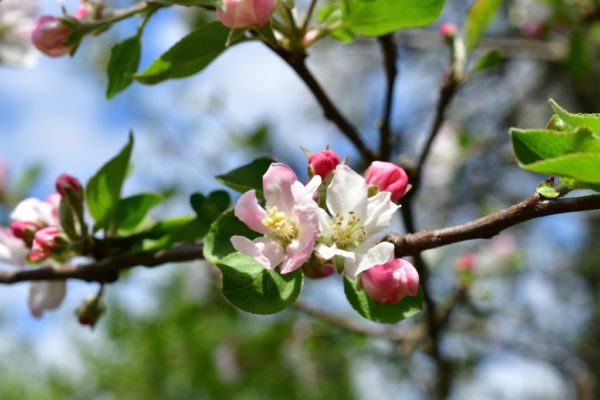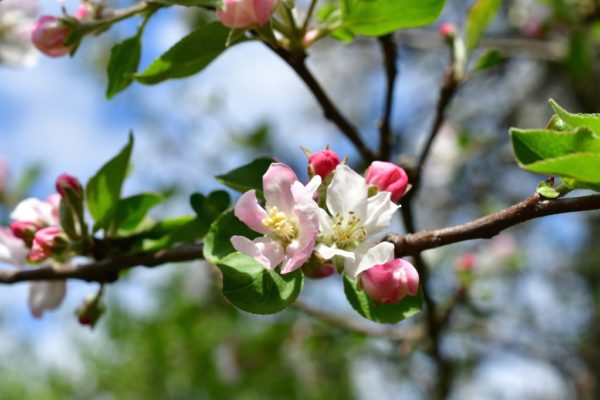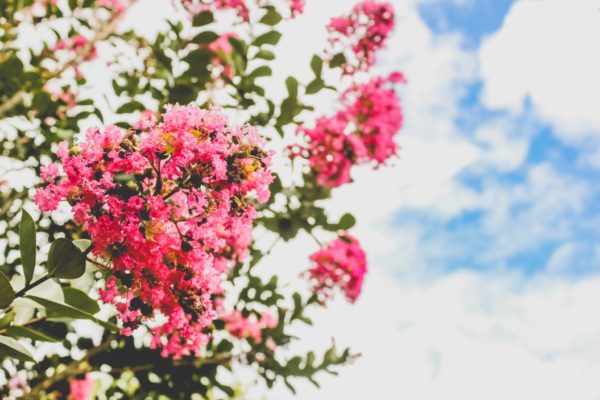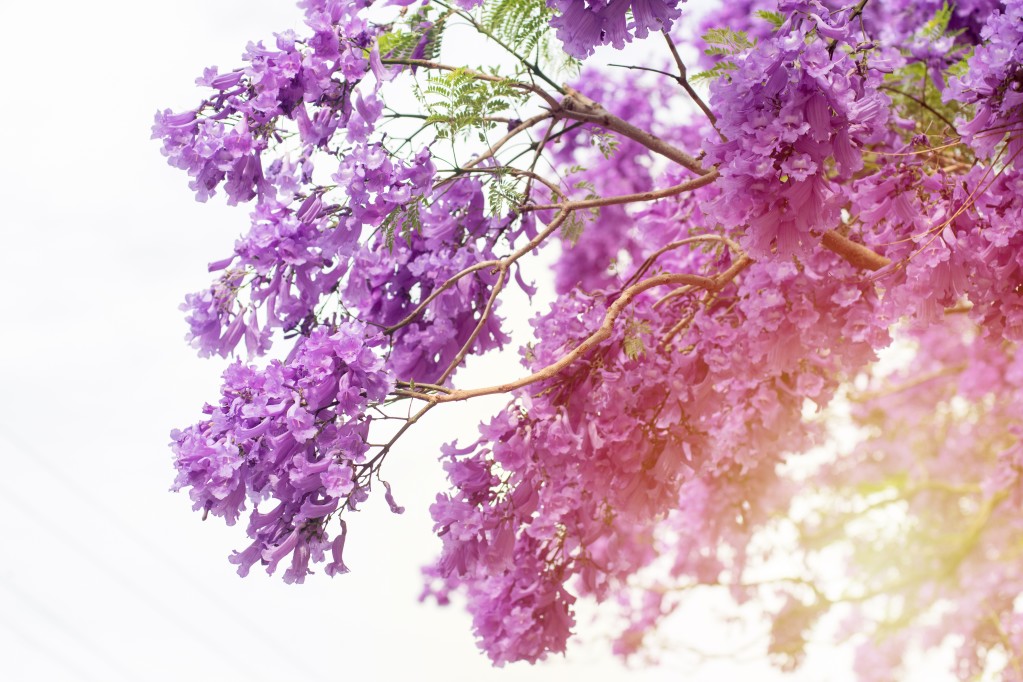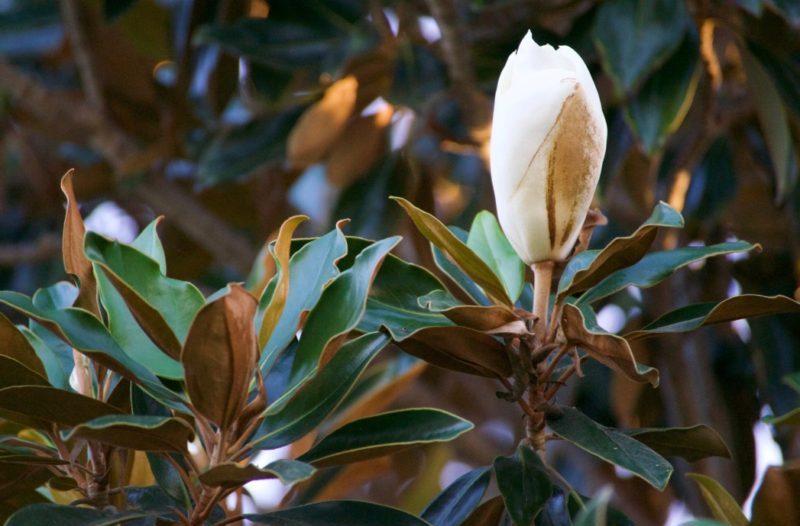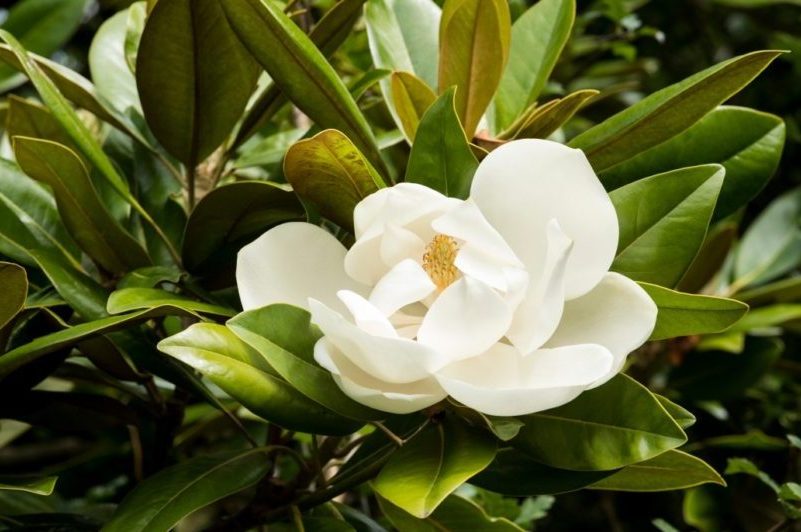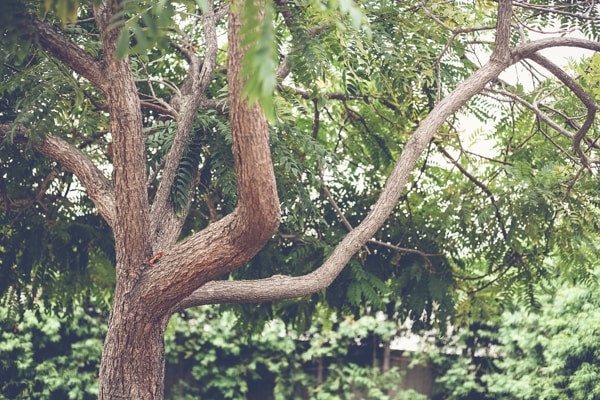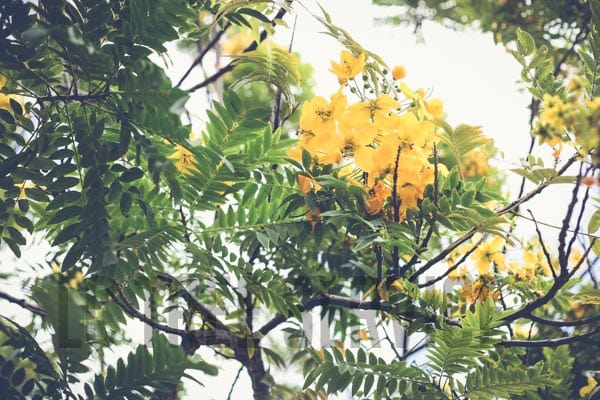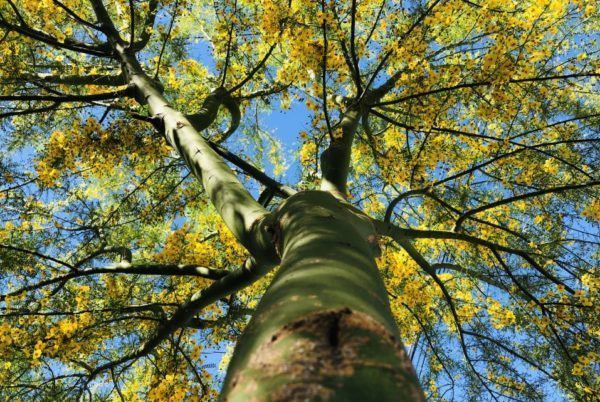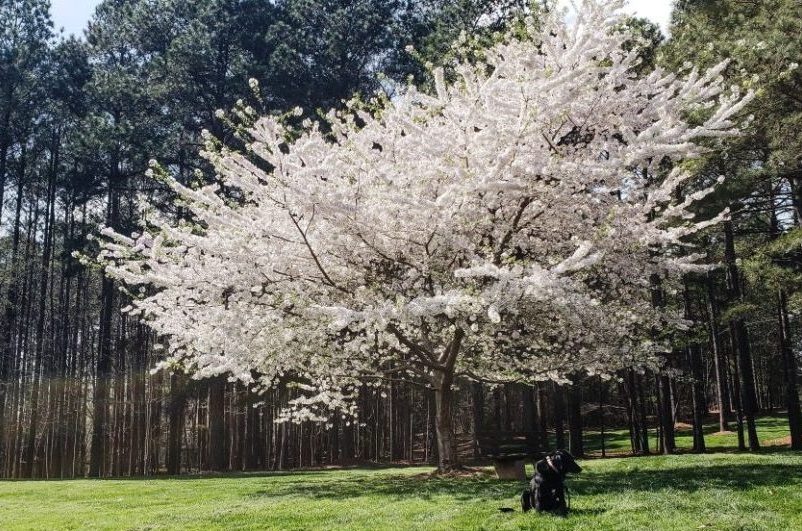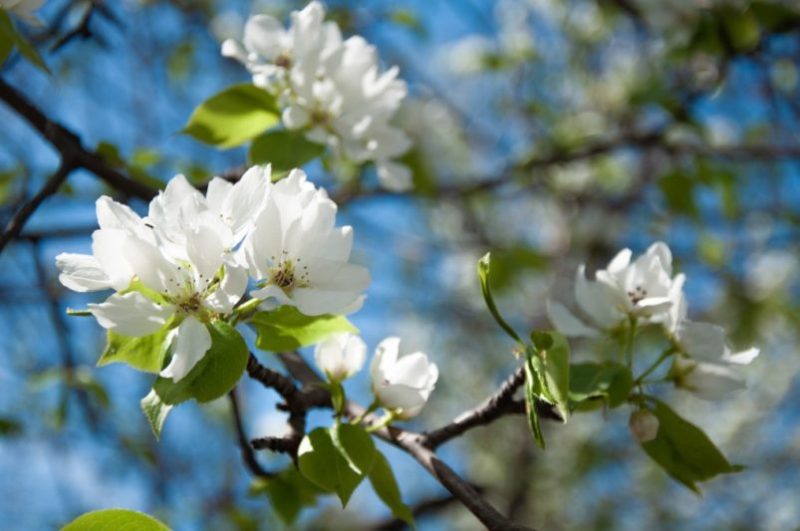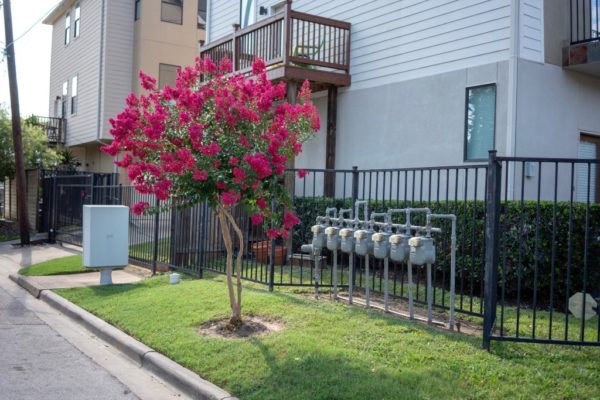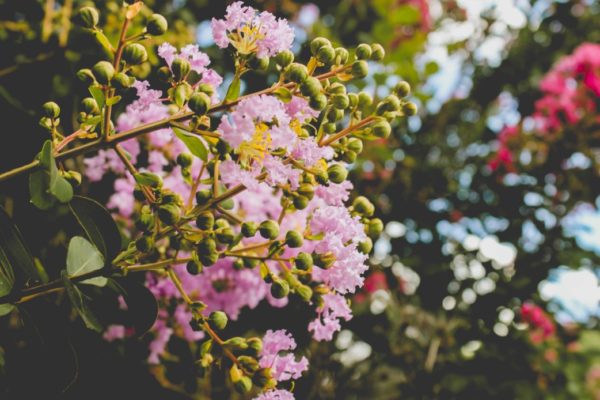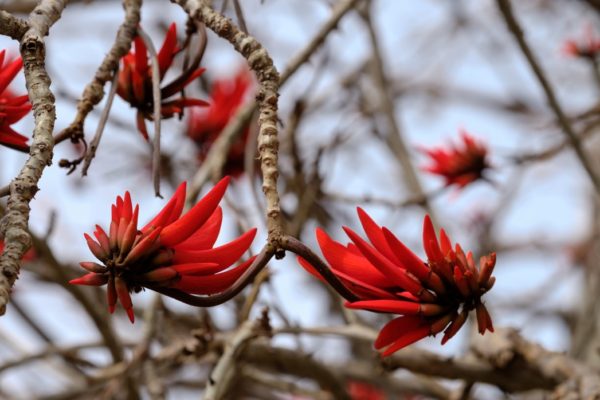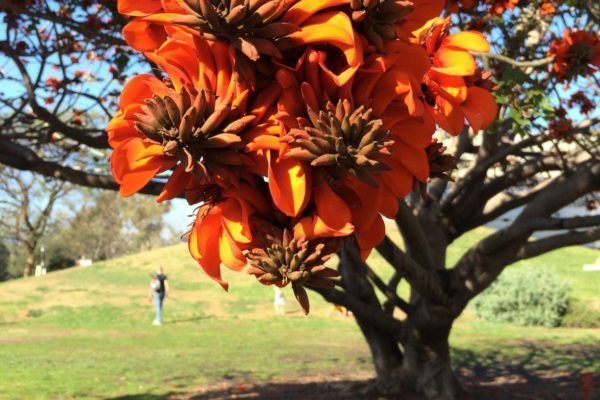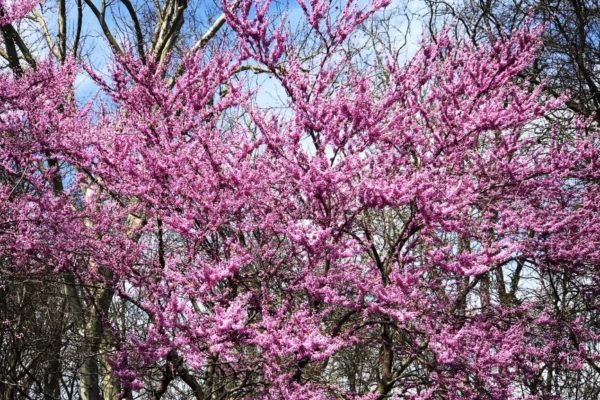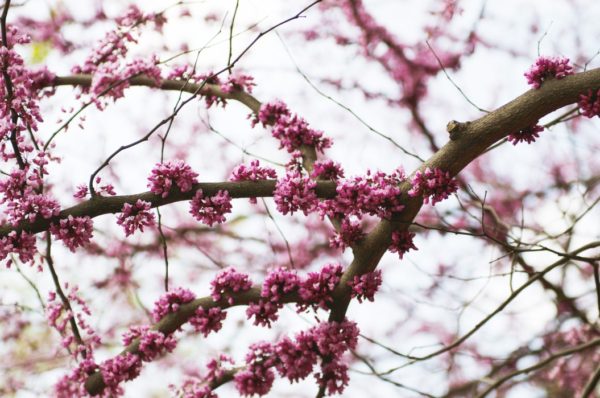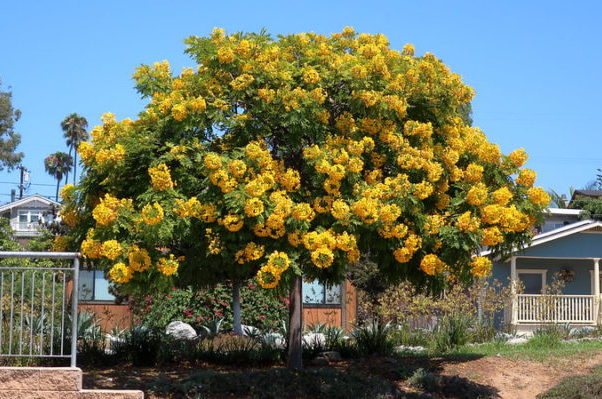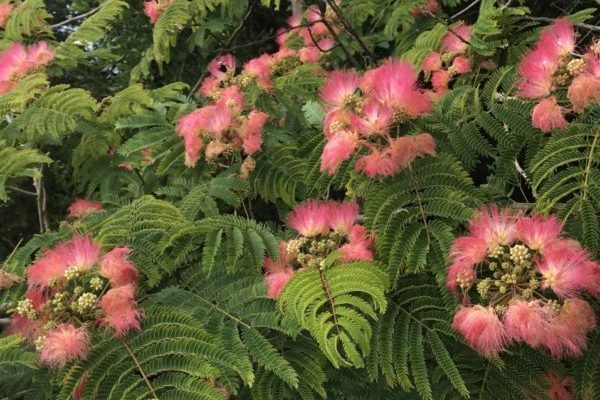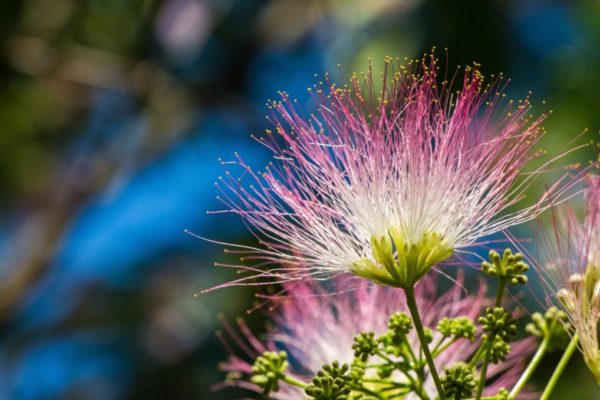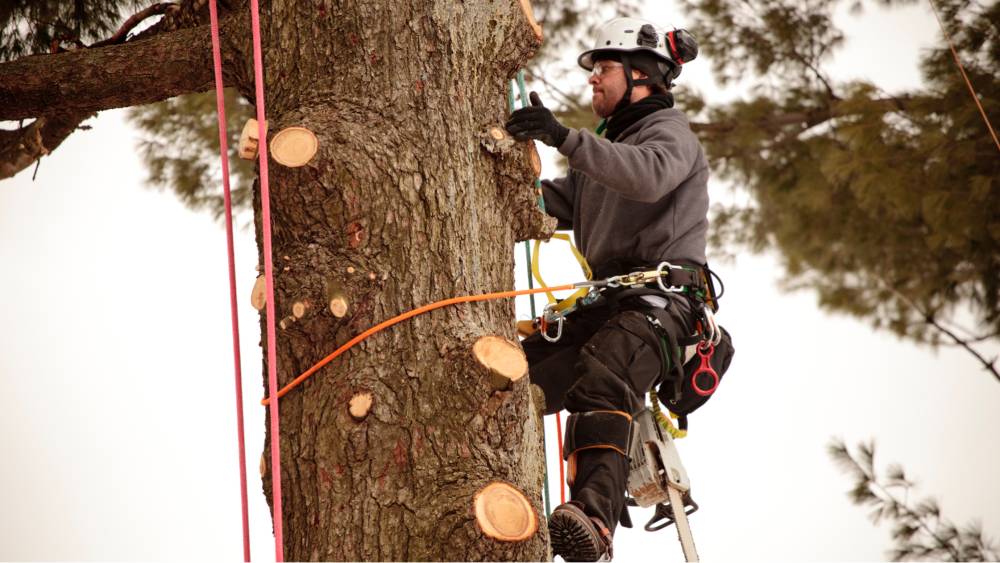
Don’t book a local Tree Removal Service unless they have these credentials
Growing trees is a lovely way to liven up your backyard. It can help clean the air around you and attract local wildlife. But without careful maintenance, your tree can become overgrown and start causing issues. Large roots can lift up pavers and concrete. Excess leaves can clog your gutters and weak branches can fall and cause damage to your house.
You can try cutting down your tree but it takes a lot of tools and knowledge to get it done right. If you’re cutting branches from up high it can be dangerous to reach them. You need the right ladders and safety gear. A safer and more efficient alternative is to book a local Tree Removal service.
A Tree pruning service is used to modify the shape of your tree. With the careful cutting of branches, a tree can be trained to grow in a certain direction. Damaged or dying sections of a tree are usually removed to promote better growth and health. These are the types of services you can expect from a professional Arborist.
Now that you know what a Arborist does, how do you decide which one to choose? One of the first things you need to know is what to look out for in a Arborist service. If you would like to know what they are then read on to find out.
Insurance
No matter what home service you rely on at home it should always have decent insurance cover. Because no matter how organised or safe a business is, there is always the chance of something going wrong. Insurance will help cover the damage caused by anything that happens to your property during a Tree Removal or Pruning service.
So when you’re checking out the website of a local Arborist, have a look at their credentials. They should be fully insured to carry out work at your property. An Arborist should have public liability insurance, professional indemnity insurance, and work cover.
Reviews
Looking at reviews is one of the best ways to see how good a local service provider is. Your local Arborist might have the customer testimonials displayed on their own website. There are also many online platforms you can rely on to find reviews of a business such as Google Reviews, Yelp, and productreview.com.au just to name a few.
Finding positive reviews for an Arborist can give you more confidence that you’re making the right decision. Of course one of the best ways to get a review is by word of mouth. Ask someone you know personally as they are far more likely to give you a detailed and honest review.
Full-service options
Be wary of Tree companies that try to cut corners. An obvious sign of this is a service provider that can’t do everything associated with Trees. A good service provider should be able to inspect your tree, provide a free quote, carry out the Tree service and remove any debris that’s left behind.
If a Tree Company can’t offer all the services required for removing a tree then you’ll be forced to contact another service to finish the job. This can end up costing you more money than just getting one service provider to take care of everything.
Focus on safety
Tree Services can involve many elements of danger like working from heights. The risks involved in this profession can put you and the service provider in danger. That’s why it’s so important for a Tree Company to be using all the right safety equipment and practices.
You have every right to ask a Tree Company what safety measures will be in place during the job. This can help you identify how well they have evaluated your property, identified risks, and implemented measures to protect the property and everyone near it.
Are they certified?
Asking a Tree Company if they are certified is one of the best ways to check their credentials. You’ll find that many Tree Company are members of industry associations that they can only be a part of after receiving certification.
If your Tree Company is a member then it means they are officially recognised as professionals that meet industry standards and are up to date with current industry knowledge and regulations.
Call Daryl’s Tree Care & Surgery for local Tree Removal
Here at Daryl’s Tree Care, we offer a full range of Tree services. Our certified Arborists know what it takes to look after your tree and provide services such as Tree Removal, pest control, and hazardous tree assessment.
With the right equipment, our Arborists will carry out any Tree service under the safest conditions possible. For your peace of mind, we can provide certificates for public liability, plant and equipment, and work cover insurance. All of our staff are covered by work health and safety plans. Our vehicles and machinery are also covered by individual insurance policies.
So for Tree Services you can rely on, call Darryl’s Tree Care and Surgery on 9897 4418.
The post 5 things to look for when choosing a tree removal service appeared first on Daryl's Tree Care And Surgery.
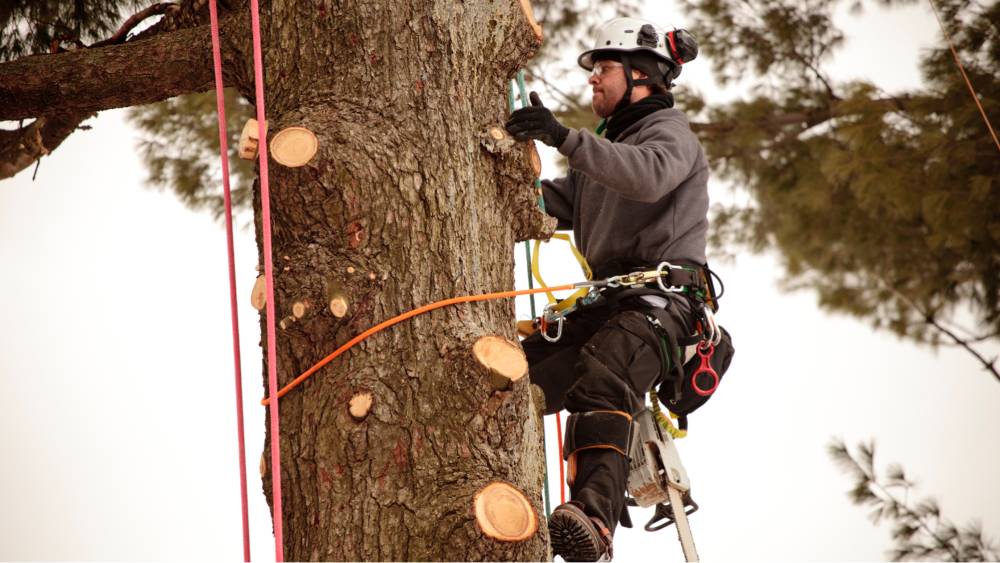
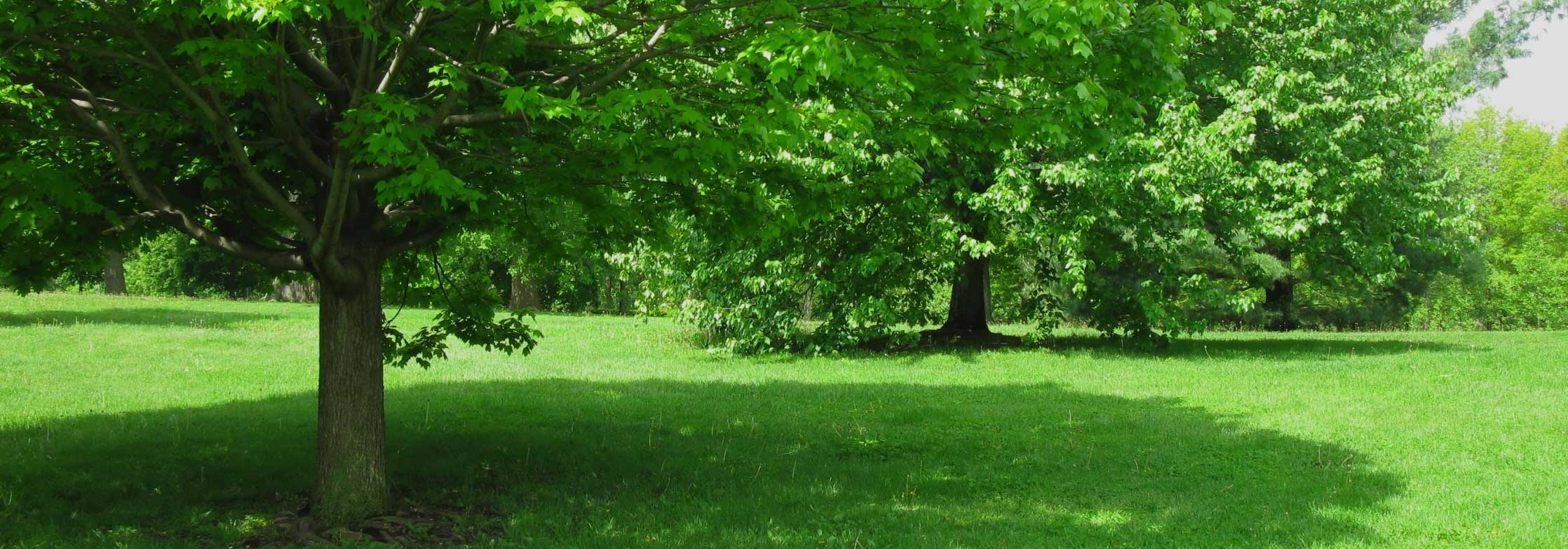
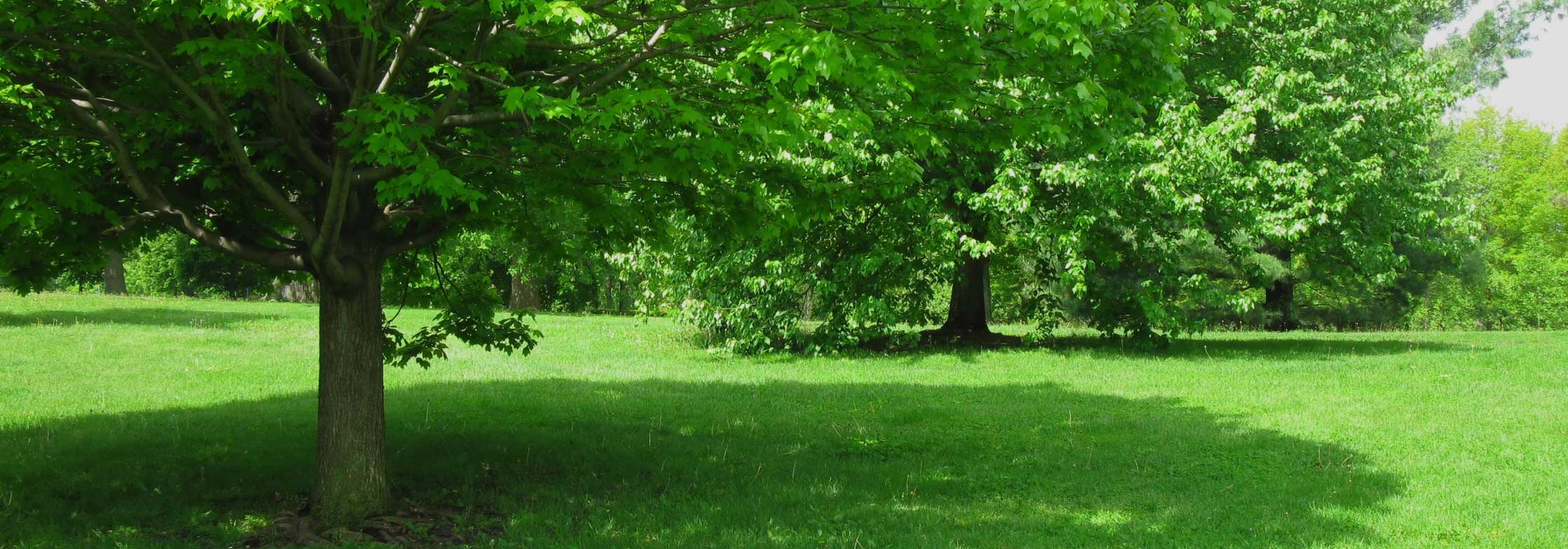
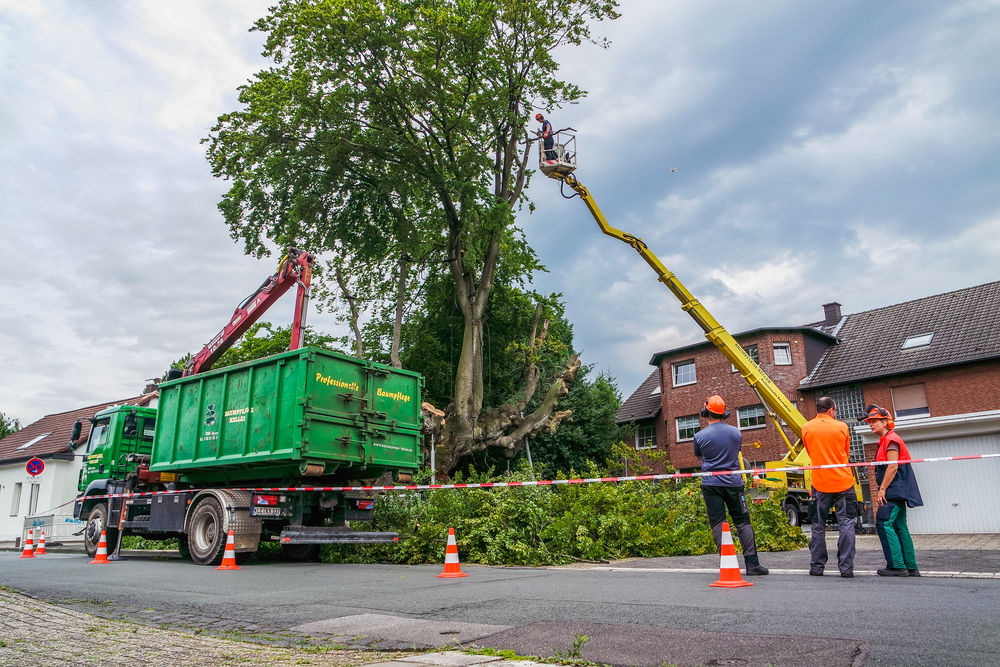

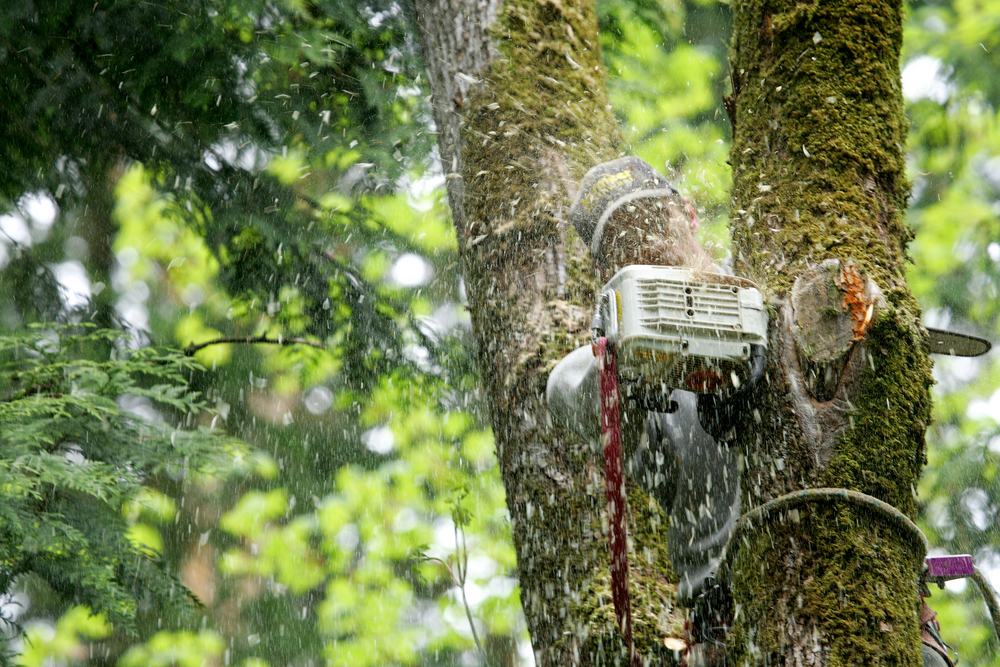
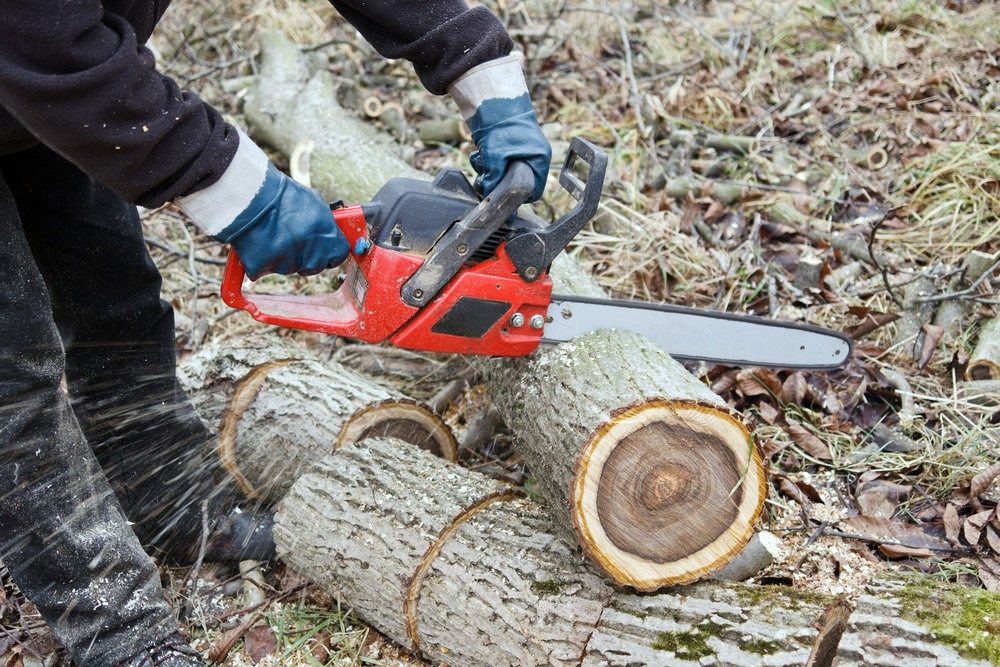
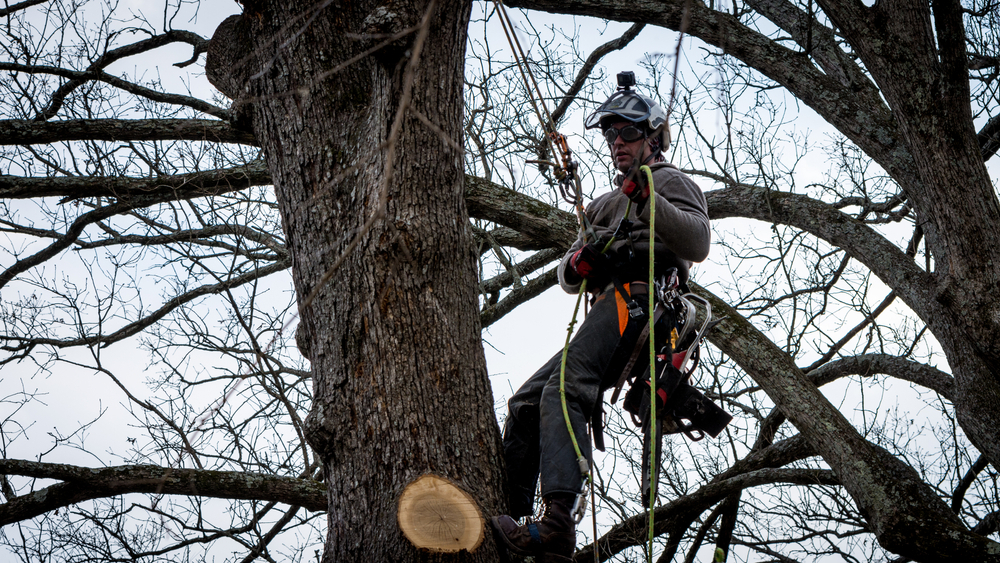
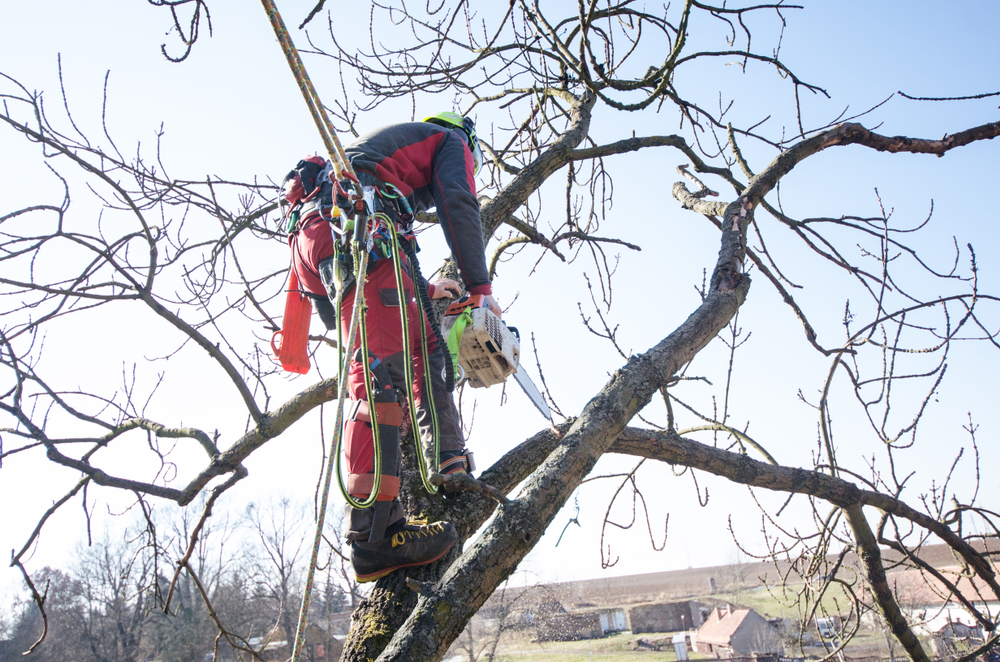
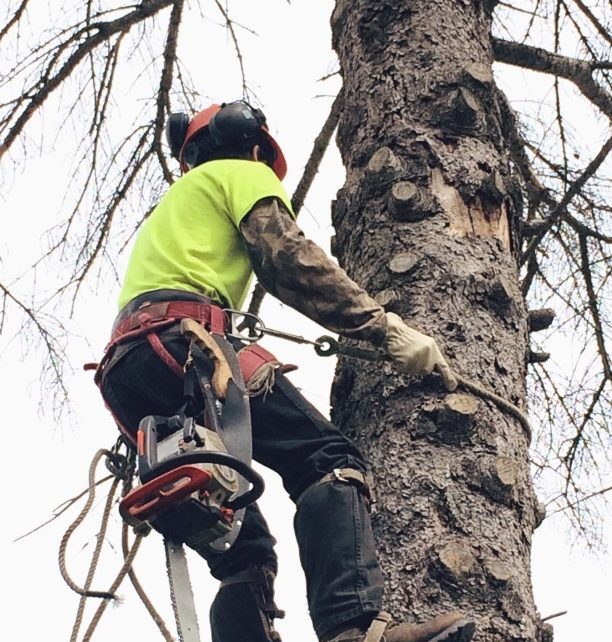
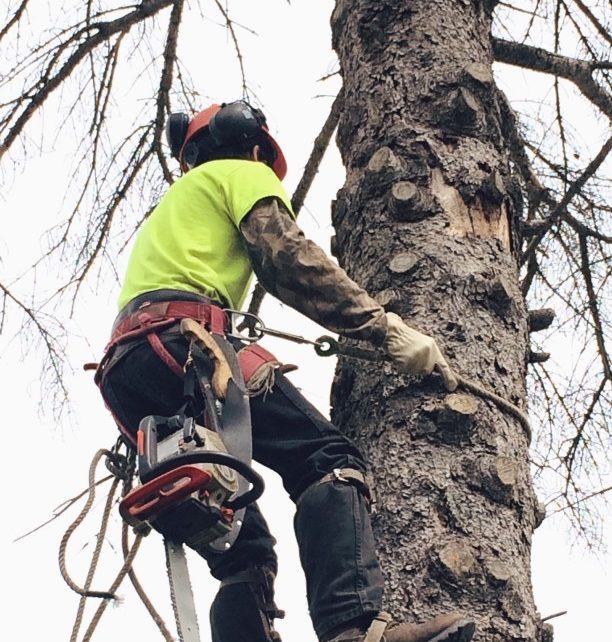 General Liability Insurance – This type of insurance is crucial for any tree service because it provides foundational business protection. It can cover property damage and bodily injury performed on jobs. Meaning, if a tree trimmer accidentally damages your roof, this is the insurance that would help with the repair. Without it, the consumer or property owner could be held liable.
General Liability Insurance – This type of insurance is crucial for any tree service because it provides foundational business protection. It can cover property damage and bodily injury performed on jobs. Meaning, if a tree trimmer accidentally damages your roof, this is the insurance that would help with the repair. Without it, the consumer or property owner could be held liable. expenses are high and profit margins are low. It makes it difficult for any arborist to offer a large discount of more than 25% off. Let’s break it down. A tree company has a net profit margin of 15% (which for the arborist industry is considered to be very good). That means that after all expenses are paid, such as payroll, insurance, and gas — only 15% of revenue is left. This company quotes a customer $1,000 for a tree pruning. But wait! This particular customer has a 30% off discount coupon! That’s a whopping $300 off — leaving the business with only $700 left for wages, truck payments, gas, insurance, dump fees, etc.
expenses are high and profit margins are low. It makes it difficult for any arborist to offer a large discount of more than 25% off. Let’s break it down. A tree company has a net profit margin of 15% (which for the arborist industry is considered to be very good). That means that after all expenses are paid, such as payroll, insurance, and gas — only 15% of revenue is left. This company quotes a customer $1,000 for a tree pruning. But wait! This particular customer has a 30% off discount coupon! That’s a whopping $300 off — leaving the business with only $700 left for wages, truck payments, gas, insurance, dump fees, etc.
